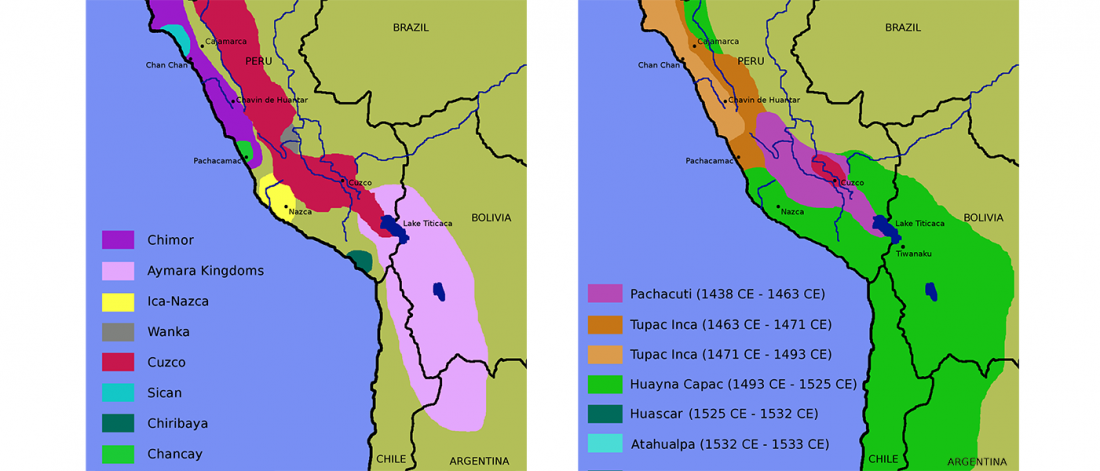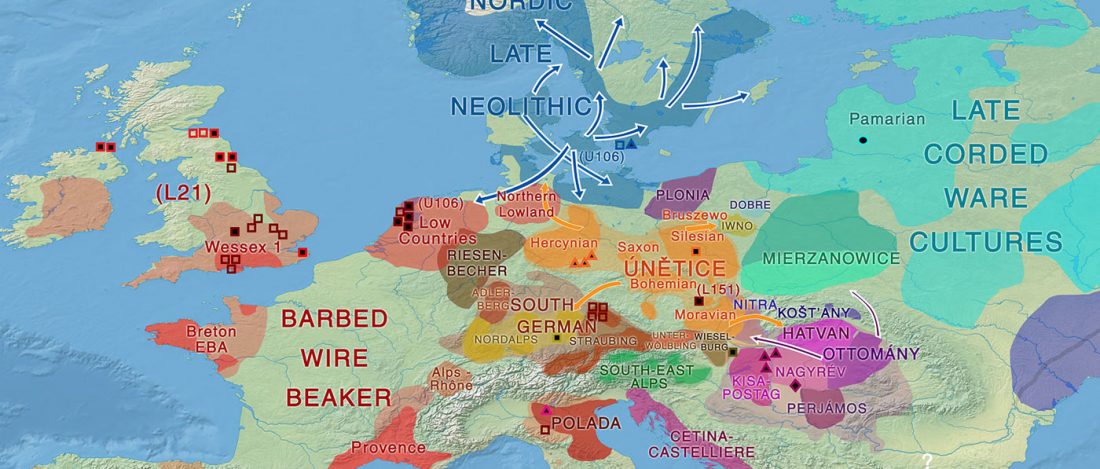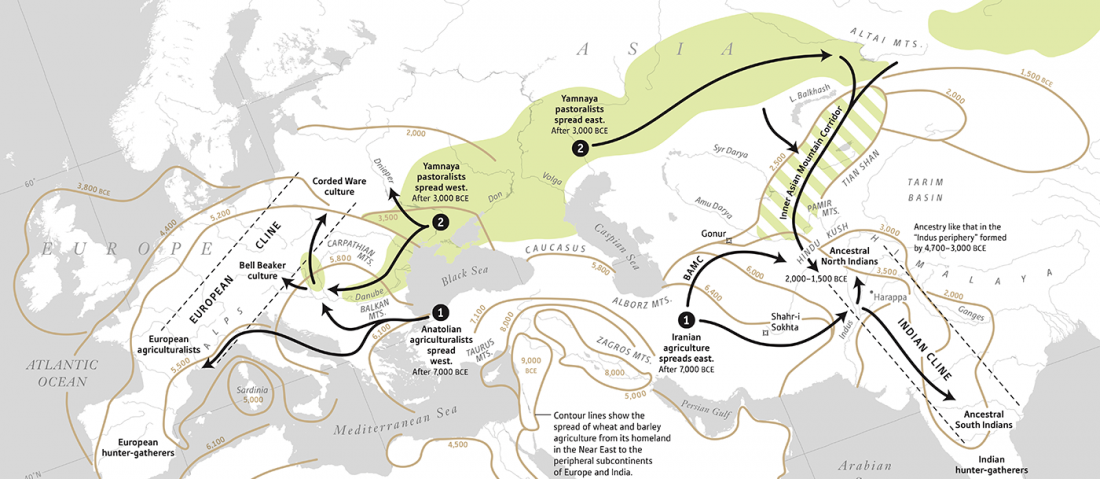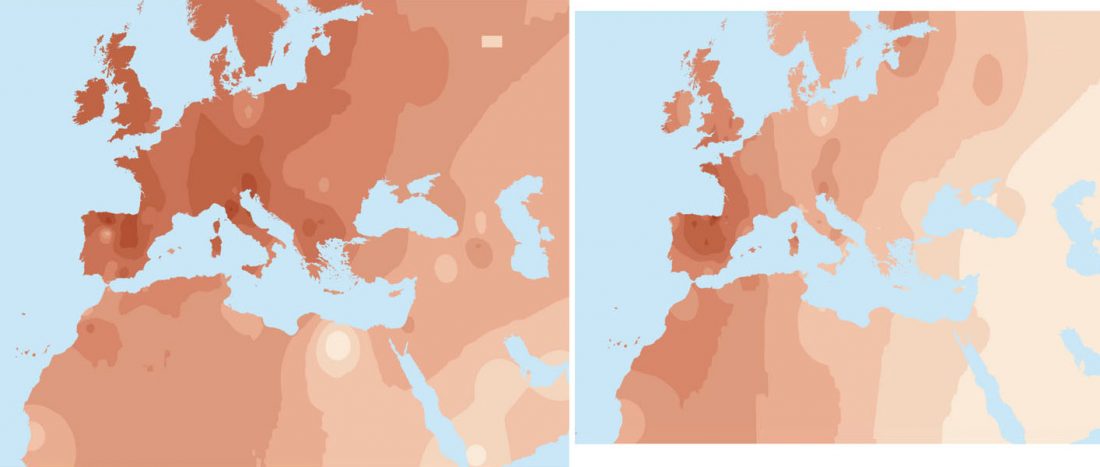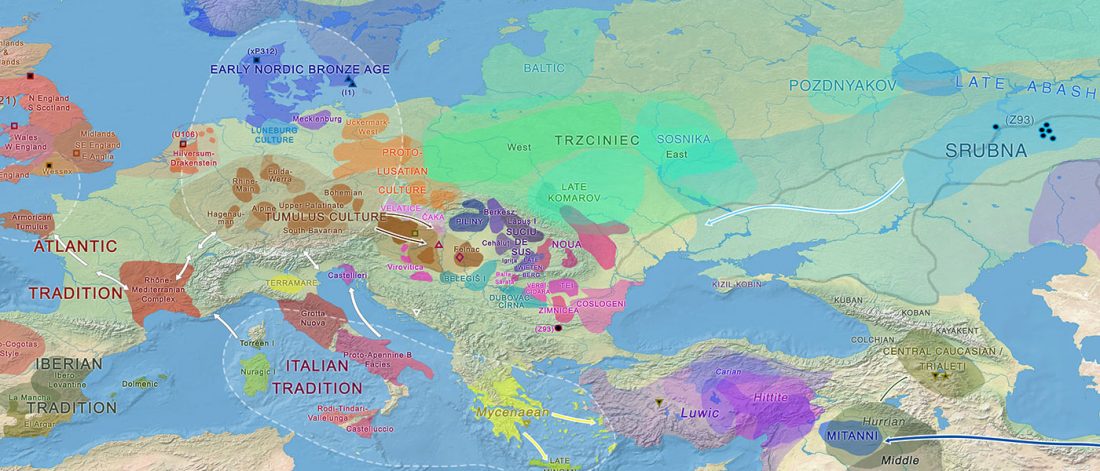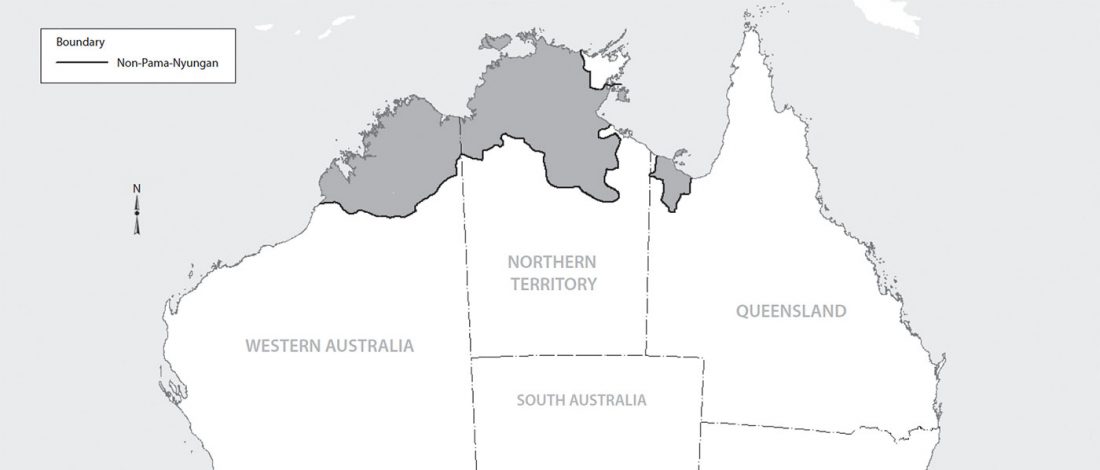Ancient DNA reveals temporal population structure of pre-Incan and Incan periods in South‐Central Andes area
Ancient DNA reveals temporal population structure within the South‐Central Andes area, by Russo et al. Am. J. Phys. Anthropol. (2018).
Abstract (emphasis mine):
… Read the rest “Ancient DNA reveals temporal population structure of pre-Incan and Incan periods in South‐Central Andes area”Objectives
The main aim of this work was to contribute to the knowledge of pre‐Hispanic genetic variation and population structure among the South‐central Andes Area by studying individuals from Quebrada de Humahuaca, North‐western (NW) Argentina.Materials and methods
We analyzed 15 autosomal STRs in 19 individuals from several archaeological sites in Quebrada de Humahuaca, belonging to the Regional Developments Period (900–1430 AD). Compiling autosomal, mitochondrial, and Y‐chromosome data, we evaluated population structure and differentiation among eight
